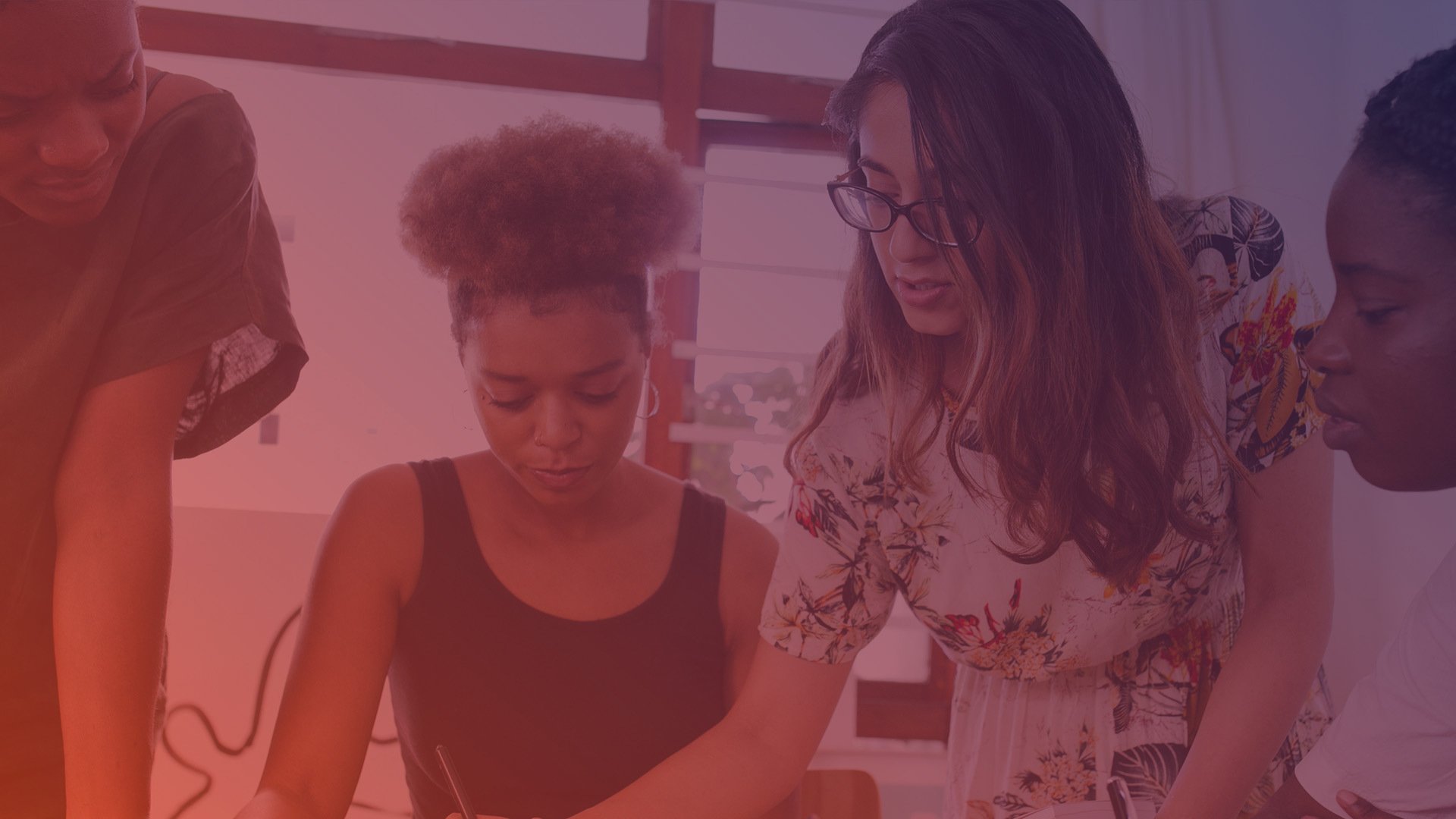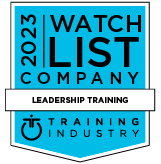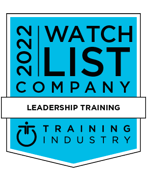How to Enable Inclusive Leadership Training

Contents
New era, new markets, new generations, new business challenges. Successful navigation requires the whole organization’s input – that means everyone.
Who doesn’t want to tap into to every drop of their talent pool? The US alone spends around $8 billion every year on diversity and inclusive leadership training, knowing that diverse teams can make us aware of blind spots and help us craft innovative solutions. When employees “think their organization is committed to and supportive of diversity, and feel included,” their ability to innovate increases by 83% (Deloitte).
But inclusive practices and cultures don’t just spring up, and it’s actually very hard to change mind-sets (McKinsey).
What holds most teams back from being inclusive? Being human and making too many assumptions! Humans have over 165 known/documented biases. There are hundreds, if not thousands of human biases that can affect people on any given day.
Here at DX Learning we have documented and researched dozens that affect leaders and teams on a daily basis.
Self-awareness must be an active effort by all inclusive leaders. Knowing you are hard-wired to do the opposite of what you would expect to do is priceless. Not knowing leads to unconscious bias, and your team can perceive you as someone you’re not.
To be inclusive is to be selfless. However, our brains are wired to be selfish to survive. So it means fighting 300,000 years of evolution. Inclusive leaders and cultures only happen when leaders know how to be inclusive, through inclusive leadership training that provides the tools to draw out unique perspectives.
What is Inclusive Leadership?
Feeling included means feeling valued, respected, and like you belong, and what leaders say and do makes a 70% difference as to whether an individual feels that way (Harvard Business Review).
Effective inclusive leadership training is all about re-wiring leaders with effective habits that reduce biases. To combat assumptions, we must be curious, ask questions and listen. Inclusive leadership training helps diverse stakeholders to feel that a leader cares about them, their views and their experience. Inclusive practices create a personal connection and an environment for collaboration.
Inclusive leaders share six signature traits: awareness of bias, visible commitment, humility, curiosity about others, cultural intelligence, and effective collaboration. Most important? Awareness of bias. When coupled with empathy and perspective-taking, it can increase feelings of inclusion by up to 33%.
Creating a Psychologically Safe Workplace
“What if I look like an idiot?” This sort of thinking is all too common. 85% of employees experienced at least one occasion when they felt unable to raise an important concern with leaders (Online Library).
A psychologically safe workplace is one where everyone feels cared for, and comfortable challenging the status quo and asking for help, without fear of judgment. However, psychological safety is extremely difficult to build and requires consistent maintenance –it can be shattered in a moment.
Inclusive leadership training teaches leaders the soft skills to create a sustainable environment where everyone feels safe to bring their authentic selves to work, and that their unique talents and perspectives are valued. It gives employees a voice in their own development too, with clear expectations and context around how their efforts fit into the bigger picture.
Psychological safety strengthens our adaptability and predicts 76% more engagement and employees who are 57% more likely to collaborate. Throwing ideas around with confidence is what inspires creativity and out-of-the-box thinking. As does making mistakes – a crucial part of learning. More voices and constructive feedback mean improved processes and better-informed decisions.
Implement Experiential Learning
Who does their best learning by being talked at for hours? Anyone? Us neither. When we implement experiential learning, and focus on hands-on experience with real-world applications, participants can fully immerse themselves in the content.
According to educational theorist, David Kolb, "learning is the process whereby knowledge is created through the transformation of experience." He developed a four-stage, two-level learning model.
The first level is the four cyclical stages at which we learn something new:
Simply put, we Experience something new, Reflect on the new experience, Conceptualize what we learned in the experience, and then Experiment by applying this concept to our environment.
The second level is made of four distinct learning styles:
Diverging (forming various perspectives based on reflecting and observing), Assimilating (logical thinking and analyzing through observations), Converging (problem-solving by logical thinking based on learnings), and Accommodating (a "hands-on" experiential approach based on intuition).
There are a variety of ways to implement experiential learning into your environment: student teach-backs (where students teach or summarize learning material, to increase engagement) or interactive simulations like role-playing, discussions, and active problem-solving.
Inclusive Practices for Inclusive Leaders
A third of leaders believe they are more inclusive than others perceive them to be, and a third lack confidence in their capability for inclusive practices. So they do less than they could to actively guide others and challenge the status quo (Harvard Business Review).
- Awareness through experiential activities – Inclusive leaders acknowledge personal biases in action, are open to criticism about them, and share their experiences about overcoming them. They implement decision-making processes that are transparent, informed, and consistent.
- Growth mindset – Inclusive leaders are committed to actively listening to a diverse range of perspectives and viewpoints. They are more likely to challenge the status quo and form a plan of action around what they have heard.
- Curiousness – Inclusive leaders demonstrate an open mindset and seek to understand those around them with empathy. They ask for 1:1 conversations to learn about each employee’s background, story, values, and how they experience the organization, and what they need to produce their best work.
- Questions – Inclusive leaders personalize their communication. They provide different avenues to participate, that show employees how everyone’s perspective is important, and encourage knowledge-sharing and creative problem-solving.
- Active Listening – Inclusive leaders know junior roles will view things differently to the C-Suite. They actively practice being comfortable with being uncomfortable, and don’t just listen to the words – they understand the whole message, because the aim is to get a clear and honest view of what is, and isn’t, working for everyone.
- Empathy – Inclusive leaders actively understand what people are thinking and feeling, to foster deeper connections and keep a finger on the pulse of teams. Inclusive practices help everyone feel less stressed, safer to share experiences, and more connected to the organization.
DX’s signature CARE®program is based on a 6-step methodology for accelerated behavior change, grounded in neuroscience. It focuses on four core elements of inclusive leadership training – Clarity, Autonomy, Relationships and Equity® – to help teams and organizations grow post-Covid. Find out more here.
Insights

Subscribe to Our Monthly Newsletter!
For managers and talent professionals who truly believe in putting people first, the CARE to Win blog is your gateway to the latest insights on human-centric leadership. Join us as we champion the people first movement.
Need some time apart? Are we emailing you too often? Just give us your feedback, and we promise we’ll respond. We really do care. And if it’s still too much, just unsubscribe. It’s cool.



